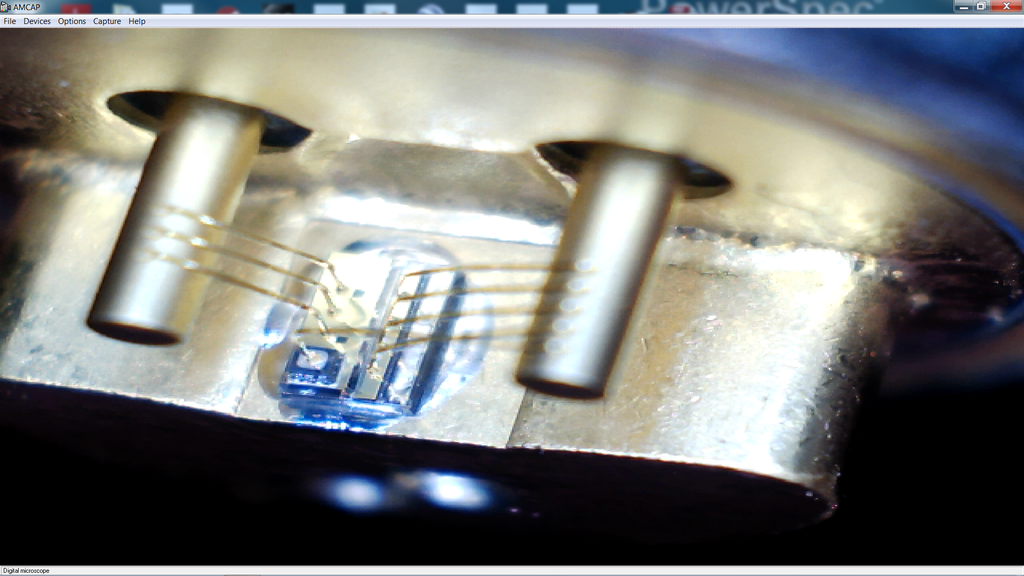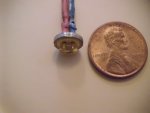The size of the emitter and the initial divergence are the limiting factors, and of course what lenses are available.
No beam is truly stable, it always is converging or diverging by some amount, but finding a beam diameter based on the 3 parameters above you can create a beam that appears to hold steady into the distance, or even converge into the distance, but the far field spot will be larger than it looks as the spot size is a multiple of the focal length and the emitter size / divergence and can not ever truly hold steady.
That is a 3mm wide beam is impossible to remain 3mm wide over 10 kilometers But you can make it appear that way to the eye.
To get the most power at distance means starting wide and finishing small, a cone shaped beam, that and it's MULTI MODE, a single mode emitter would be easier but multi mode means the center wavelength has adjacent wavelengths at a lower power lever and that makes for the shadow wings around the beam.
But I like what you are trying to do, but the radical and uneven divergence of a rectangle shaped emitter that diverges opposite of it's shape creates a real challenge to creating the appearance of the perfect beam, being multi mode adds to the problem.
I would like to see a better compromise and
starting closer to the emitter reduces the number of optics needed to maintain a smaller diameter beam, but with 0.2 percent loss many optics could be used, my problem is how one lens effects the next, the more lenses the more complicated it gets. Alignment of multiple optics is another factor and 0.2% reflectance is great, but is that the total parasitic loss or is there more loss through the lens as well......using as few lenses as possible is usually good.
Starting close helps because as you stated above " No matter what lens is used, the beam radius and beam divergence have a reciprocal relation, so to improve collimation by a factor of 2 you need to increase the beam diameter by a factor of 2 ".









